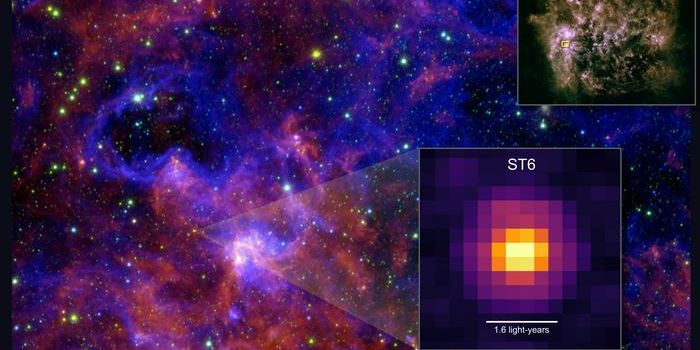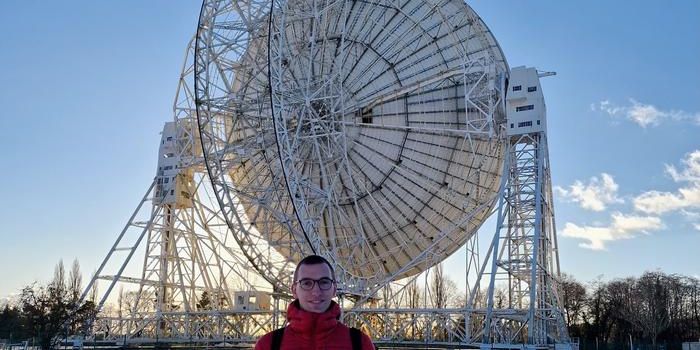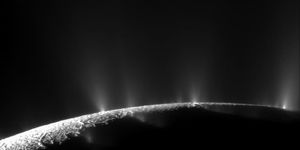GJ 251 c Emerges as Top Life-Search Target
Where will we first find life beyond Earth? This is what a recent study published in The Astronomical Journal hopes to address as an international team of researchers announced the discovery of a super-Earth—exoplanets whose mass is between Earth and Neptune—candidate exoplanet orbiting within the habitable zone of its star. This study has the potential to help scientists discover habitable exoplanets while developing new methods for discovering them.
For the study, the researchers discovered GJ 251 c, which orbits an M dwarf star approximately 18 light-years from Earth with an orbital period of approximately 54 days and an approximate mass of 3.8 Earths. For context, the orbit of Mercury, which is the closest planet to our Sun, is 88 days. However, since M dwarf stars are both smaller and cooler than our Sun, that means its habitable zone is smaller, too. Therefore, despite GJ 251 c’s orbit being only 54 days, it is estimated to orbit almost directly in the middle of its star’s habitable zone. GJ 251 c was discovered using a common method known as radial velocity, which is when astronomers measure the “wobble” between the star and exoplanets orbiting it, which is used to determine the exoplanet’s location and size.
"We look for these types of planets because they are our best chance at finding life elsewhere,” said Dr. Suvrath Mahadevan, who is a Verne M. Willaman Professor of Astronomy at Penn State University and a co-author on the study. “The exoplanet is in the habitable or the ‘Goldilocks Zone,’ the right distance from its star that liquid water could exist on its surface, if it has the right atmosphere."
For future studies, the team aspires to use a less common method called the direct imaging method for observing and analyzing the atmosphere of GJ 251 c. This method requires scientists to block out the glare of the star they orbit, revealing the exoplanets beneath it. While this method has been effective for discovering close-in exoplanets, it has been rather difficult for discovering exoplanets that orbit farther out.
What new insight into GJ 251 c will researchers make in the coming years and decades? Only time will tell, and this is why we science!
As always, keep doing science & keep looking up!
Sources: The Astronomical Journal, NASA, ScienceDaily
Featured Illustration: University of California Irvine








